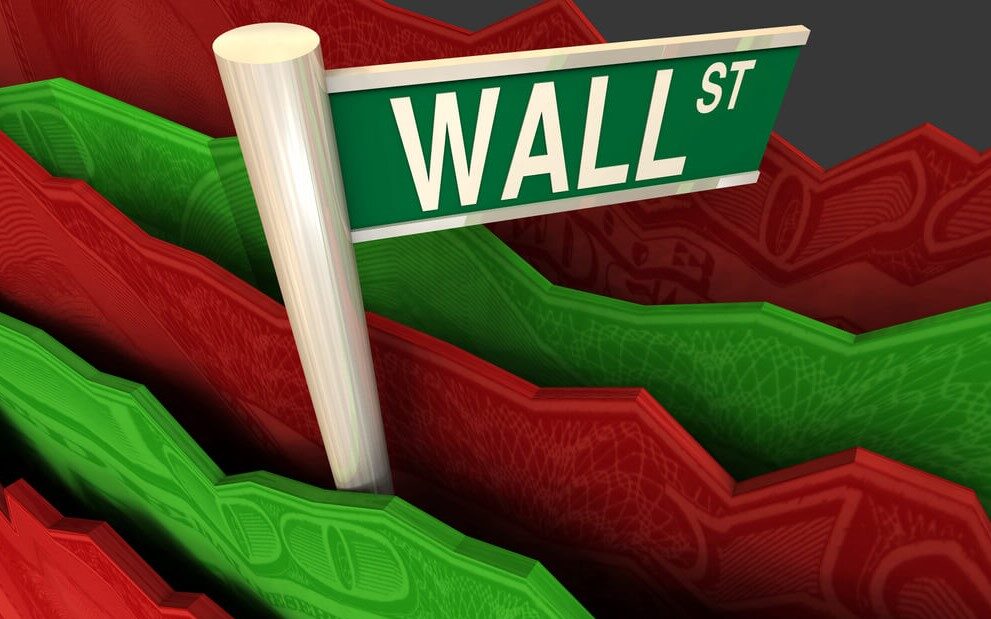Poor Assumptions
In the buildup to this week’s Consumer Price Index (CPI) report we came across an article on MarketWatch. The author, Jeffry Bartash, closed his remarks with a brief contrast of the CPI with the Federal Reserve’s preferred price gauge, the Personal Consumption Expenditures (PCE) index.
According to Bartash, the PCE index gives less weight to housing than the CPI. Housing costs are the most significant monthly expense for many people. For whatever reason, the PCE index developers at the Commerce Department don’t think this is an important factor for understanding price changes.
Maybe this is why the Fed prefers the PCE index over CPI. Another likely reason is that the PCE index also considers shifts in consumer behavior as a result of higher prices. As elaborated by Bartash:
A grocery shopper, for example, might buy ground beef instead of ribeye to save money. Or a shopper in a hardware store might buy a cheaper imported tool instead of a more costly American-made one.
These supposed shifts in consumer behavior may help fabricate the PCE index more to the Fed’s liking. In reality, they make for poor assumptions as to what consumers actually do.
Here at the Economic Prism, we buy ground beef when we’re making hamburgers or meatloaf or want to mix it with Hamburger Helper for an easy weeknight meal. We buy ribeye if we desire a steak. If the cost of ribeye is too high, we’ll get top sirloin; but not ground beef.
Similarly, when buying tools, we don’t consider whether they’re Made in the USA or foreign made. We generally weigh both the merits of quality and price and buy what we think will help us best get the job done in the shortest amount of time.
Price Fixing
Clearly, the bean counters at the Commerce Department are missing something.
The difference between what consumers do and what the government number crunchers think they do is vast. Regardless, aggregated data is collected each month and contrived down to a single number.
Central planners at the Fed then use this number to intervene in the credit market through the price fixing of interest rates. In short, the central planners fix the price of money, which influences all prices — including goods, services, commodities and assets — throughout the economy.
The Fed’s efforts to manage the economy by slicing and splicing interest rates results in a never-ending cycle of booms and busts. What’s more, these Fed decisions on interest rates trigger a hotly anticipated clustery on Wall Street.
The reasoning follows that a lower CPI or PCE reading means the Fed will cut interest rates sooner than later. And that lower interest rates will free up credit, which will boost the economy and drive stocks higher. Speculators, in a sort of self-fulfilling behavior, place their bets accordingly.
Another popular conjecture of speculators is the idea that bad news for the economy means good news for the stock market. A weak GDP reading, or a rising unemployment rate is perceived as a signal that the Fed will soon cut interest rates. Thus, stocks should be lifted upward.
The whole act, driven by fabricated data, is absurd. But that doesn’t mean it isn’t real. In fact, it’s as real as a fantasy can get.
And it contributes to an upside-down reality that cannot be understood by applying common logic.
Dip Buyers Return
The PCE index report for January will be released on February 29 — leap year. Perhaps it will be more favorable than this week’s CPI report. As released on Tuesday, the CPI report showed that consumer prices increased 0.3% in January and 3.1% over the last 12 months.
Professional economists polled by the Wall Street Journal had forecast a 0.2% CPI increase in January, with a 2.9% increase from a year ago. This was supposed to mark the first CPI below 3% in nearly three years. But alas, the government number fudgers were unable to fully suppress the reality of rising prices.
Of special note was Core CPI. This reading excludes food and energy costs and showed an increase of 0.4% in January and 3.9% over the last 12 months. In addition, shelter increased 0.6% for the month and 6% from a year ago.
Wall Street, for its part, was initially rattled by the news. Dreams of a rate cut in March — and May — were shattered.
Following Tuesday’s report, the DJIA closed down 1.35%, the S&P 500 ended the day down 1.37%, and the NASDAQ closed down 1.8%.
Treasury Secretary Janet Yellen, while speaking at the Detroit Economic Club, said the sell-off was a “tremendous mistake.”
By Wednesday, dip buyers returned to the market and boosted the major indexes back into the green. Shares of NVIDIA Corporation spiked 17 points, as the company races towards a $2 trillion market capitalization.
Wall Street Clustery
The late Sir John Templeton observed that: “Bull markets are born on pessimism, grow on skepticism, mature on optimism and die on euphoria.”
It doesn’t take much imagination when looking at a stock price chart of NVIDIA to predict how this will end. A chart of Cisco Systems circa 2000 offers a probable warning. Shares today are still priced below the all-time high reached nearly 24 years ago.
Looking at the three major U.S. market indexes, it appears we’re witnessing another period of full-blown, unjustified euphoria. Stock indexes are going to the moon, and there’s nothing stopping them.
For index fund investors, now is the perfect time to buy high so they can later sell low. This is precisely what many people are doing.
John Hussman, of Hussman Strategic Advisors, has compared this bull market to past bull markets. His recent findings are extremely negative.
Based on dozens of measures that include valuations, internals, overextension syndromes and numerous technical, fundamental and cyclical gauges we’ve developed over time, we estimate that current market conditions now ‘cluster’ among the worst 0.1% instances in history — more similar to major market peaks and dissimilar to major market lows than 99.9% of all post-war periods.
I call this the ‘Cluster of Woe’ because the handful of similarly extreme instances (most notably in 1972, 1987, 1998, 2000, 2018, 2020 and 2022) were typically followed by abrupt market losses of 10%-30% over the next 6-10 weeks (average -12.5%), with losses at the smaller end of that range often seeing deeper follow-through later.
Yeah, it’s a cluster alright. And it’s all part of the cycle. Are you ready for what comes next?



